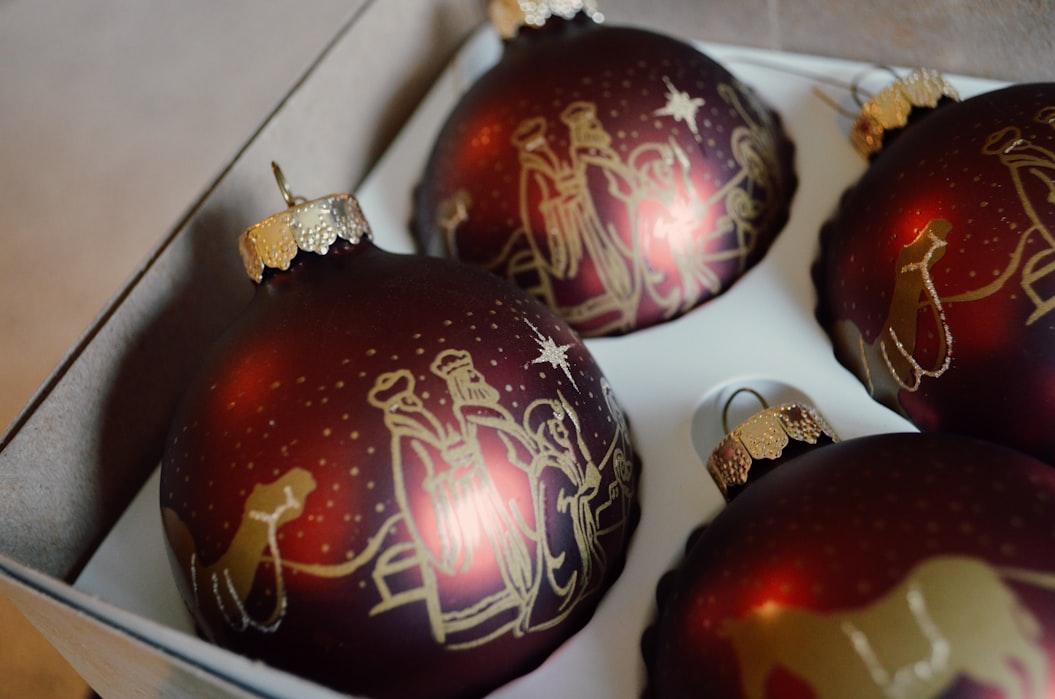The tray of Christmas sweets

December has arrived and it seems almost a month like any other.
Today, we are spoiled with everything we want that we can find on the market at any time of the year.
Once this was not the case, in order to enjoy certain delicacies you had to wait for the anniversary for which they were prepared.
December was the richest month, from this point of view, thanks to the many holidays celebrated in this period, the houses were invaded by sweet preparations, from north to south.
I grew up in Campania, in the Neapolitan area of Italy and there, in December, there is no Christmas cake, in Naples for Christmas there is the Christmas cake box.
In the typical “Guarnera” -(tray) – we find Roccocò, Mostaccioli, Raffaiuoli and Susamielli.
When we face such a gorgeous thing, even if we are spoiled by choice, we try to refrain from being too rude, yet after a few moments, the good intentions have vanished and the only choice we make is that of the order in which we will eat them.
Susamielli
I usually start with Susamielli
They are of Greek origin, originally they were made with honey and sesame, hence the name. They are also known by the name of Sapienze, from the name of the nuns of the convent of Santa Maria della Sapienza who had been preparing them as early as 1600.
In 1559, in the Kingdom of Naples their production was forbidden to preserve the flour stockage for the sole production of bread.
We find a recipe in the 1788 book by V. Corrado where they are called “Susamielli Nobili”. They have the shape of an S from the nineteenth century in honor of Luigi Settembrini and are made with flour, almonds, candied fruit, sugar and Pisto.
Raffaiuoli
I then continue with the Raffaiuoli. They are elliptical-shaped sweets, made up of 2 discs of wet sponge cake filled with the stuffing of cassata. For this reason, they are also known with the name of Cassatine.
The origin, according to legend, has it that they were created in the 18th century, by the Benedictine nuns of the convent of San Gregorio Armeno who had been inspired by the Ravioli.
The etymology of the name could be a distortion of the word ravioli.
Mostaccioli
After I would eat the Mostaccioli. These biscuits are very ancient, they do not originate from the Neapolitan area but, in Naples, an exquisite variant is produced. As the name suggests, one of the main ingredients is must. Cato , the roman historian was already talking about them, calling them Mustacei.
They were prepared with Anise, Flour and Must and were also known because they favored digestion. In the Neapolitan version, curiously, the must is not used. The shape is rhomboid and they are covered with chocolate. Around the various regions we find them with the name of Mustazzola, Mustacciule, Mastazzola, Mostacin, Mostazzolo, So Mustazzol.
Roccocò
Lastly I would eat my favorites the Roccocò which was born in Naples in 1300 by the nuns of the Real convent of the Maddalena, the name derives from the French Rocaille due to the vaguely baroque shape. They are prepared with almonds, flour, sugar, candied fruit and Pisto.
It is customary to prepare them on the day of the Immaculate Conception and until the end of the holidays, they close the meals of Neapolitan families. There are hard and soft ones. It is also customary to prepare them with hazelnuts instead of almonds. Sometimes they are consumed by dipping them in White Wine or better in Vermouth. If the Guzziera (tray) ends there is no problem, at Christmas, in Naples they also make Struffoli …
Curiosity: Pisto, which is present in all these preparations, is a mixture of spices, such as Cinnamon, Pepper, Nutmeg , Cloves, Star Anise and Coriander Seeds
